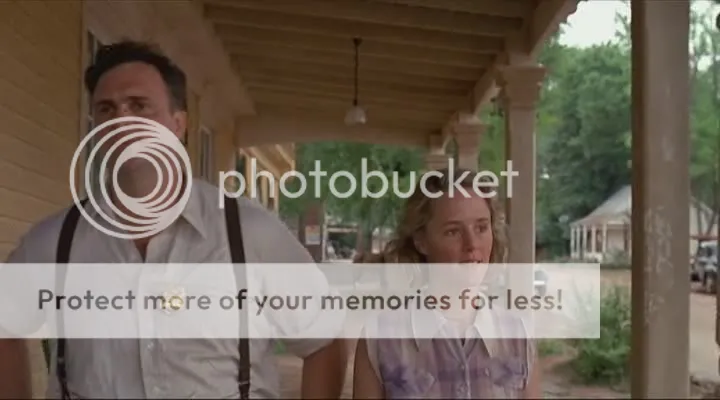Voyage.To.The.Planets.S01E06.Pluto.And.Beyond.avi
-
- Ancient Discoveries Collection -
- Blood of the Vikings -
- Buildings that Shaped Britain -
- Gdańsk - Danzig -
- Indian Ocean with Simon Reeve -
- The Museum -
- Voyage to the planets -
A History of Ancient Britain - 4x -
A History of Celtic Britain - 4x -
Ancient Egypt - 2x -
Baroque! From St Peter's to St Paul's - 3x -
Britain from Above - 6x -
CNN -
Crusades with Terry Jones - 3x -
Days that Shook the World - 9x -
Earth -The Power of the Planet - 5x -
Fake or Fortune - 11x -
Fake or Fortune s02e01.hannibal -
Fake or Fortune s02e02.hannibal -
Fake or Fortune s02e03.hannibal -
First Life - 2x -
Floratone II (2012) - FLAC -
Francesco's Venice - 4x -
Gdansk 1939 (Kroniki filmowe) -
How Drugs Work - 3x -
Kevin McCloud's Grand Tour of Europe - 4x -
KL Stutthof -
Mastercrafts - 6x -
Millennium - A Thousand Years of History -
Rococo - Travel, Pleasure, Madness - 3x -
Rome Revealed - 8x -
s3 -
Scandimania - 3x -
Secret Britain - 4x -
Secrets of Superbrands - 3x -
Silent Comedy (2013) - FLAC -
Stephen Fry in America - 6x -
Subtitles -
Supersized Earth - 3x -
The Beauty of Anatomy - 5x -
The Beauty of Books - 4x -
The Dark Ages - An Age of Light - 4x -
The Nazis. A Warning from History - 6x -
The Normans - 3x -
The Thirties in Colour - 4x -
The Trap - 3x -
Welcome to India - 3x -
Wolne miasto.1958 -
Wonders of the Solar System - 5x -
Wrak.1954
 Szokujący i dekadencki film będący artystyczną prowokacją reżysera... Czterech zamoznych mężczyzn spotyka się na uczcie w podmiejskiej willi. Pilot Marcello (Marcello Mastroianni), sędzia Philippe (Philippe Noiret), producent telewizyjny Michel (Michel Piccoli) oraz restaurator i kucharz Ugo (Ugo Tognazzi) postanawiają popełnić samobójstwo z... przejedzenia.
Szokujący i dekadencki film będący artystyczną prowokacją reżysera... Czterech zamoznych mężczyzn spotyka się na uczcie w podmiejskiej willi. Pilot Marcello (Marcello Mastroianni), sędzia Philippe (Philippe Noiret), producent telewizyjny Michel (Michel Piccoli) oraz restaurator i kucharz Ugo (Ugo Tognazzi) postanawiają popełnić samobójstwo z... przejedzenia.

 Evelyn Couch przechodzi trudny okres, ma problemy w małżeństwie. Spotkanie z wiekową już Ninny Theadgoode zmienia jej życie. Ninny opowiada Evelyn historię życia młodej kobiety z Alabamy - Idigie Theadgoode. Pod wrażeniem opowieści Evelyn staje się asertywna i pewna siebie.
Evelyn Couch przechodzi trudny okres, ma problemy w małżeństwie. Spotkanie z wiekową już Ninny Theadgoode zmienia jej życie. Ninny opowiada Evelyn historię życia młodej kobiety z Alabamy - Idigie Theadgoode. Pod wrażeniem opowieści Evelyn staje się asertywna i pewna siebie.




 Pobierz plik
Pobierz plik

 1
1